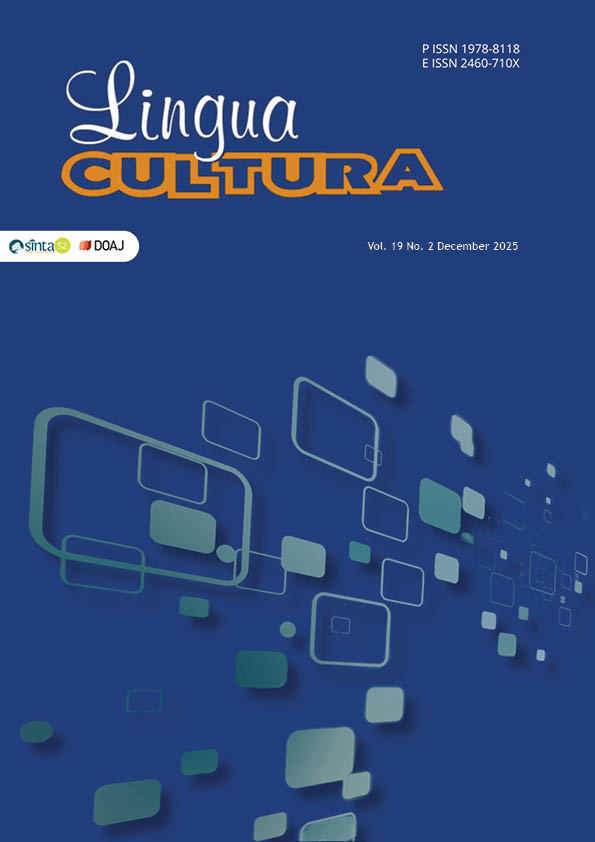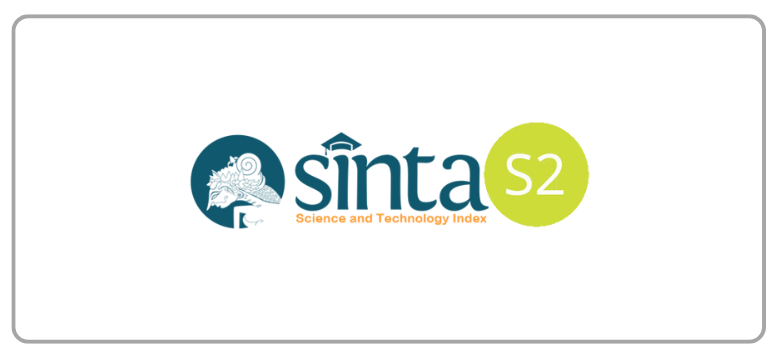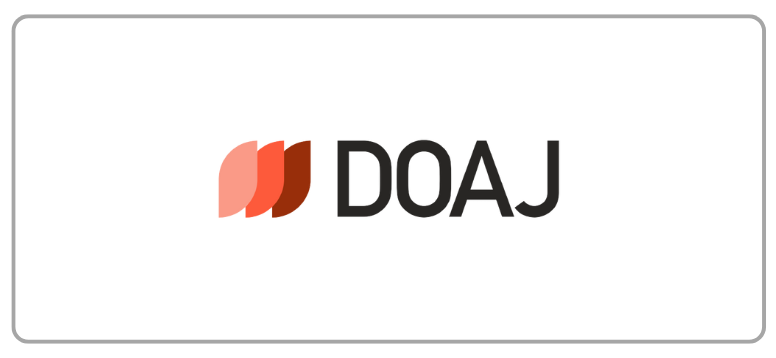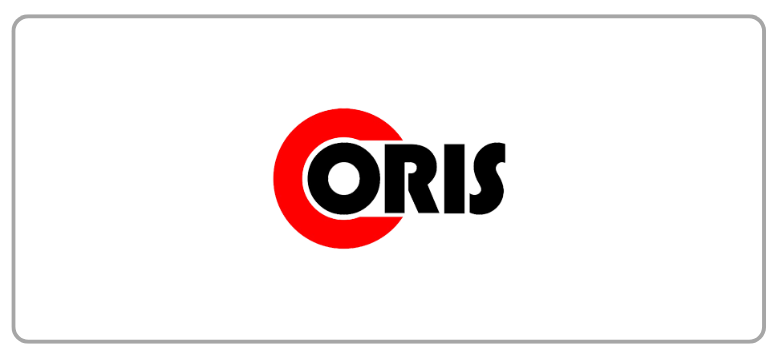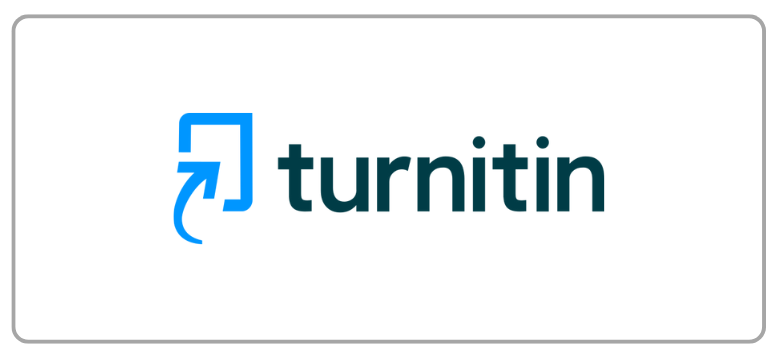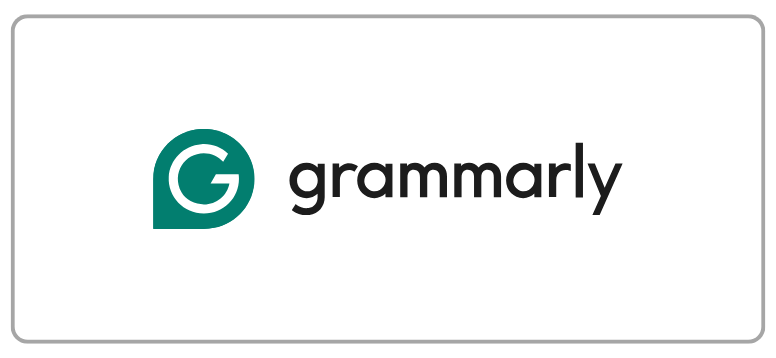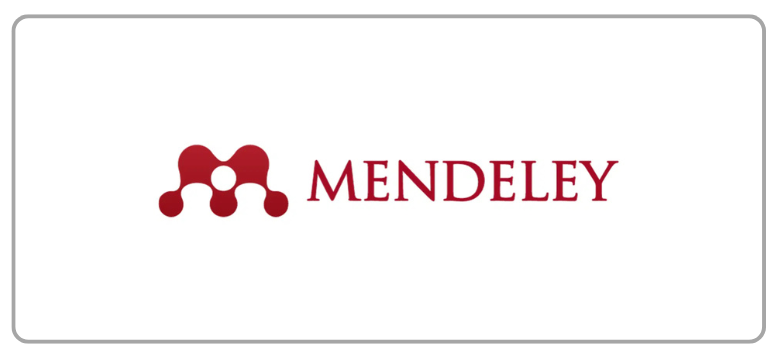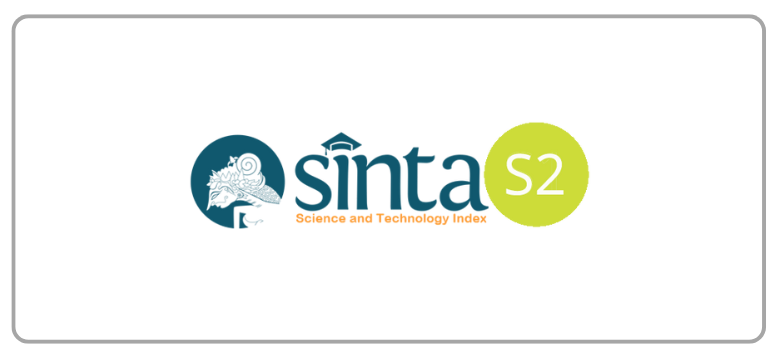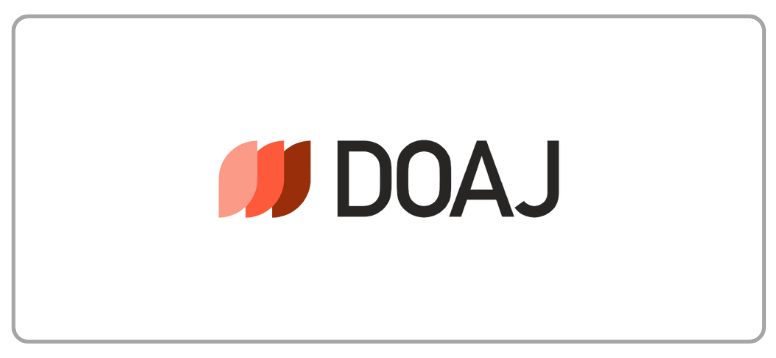Humorous Translanguaging and Playful Discourse on Indonesian Twitter: A Critical Discourse Analysis
Keywords:
Playful discourse, humor, translanguaging, Critical Discourse Analysis (CDA)Abstract
Humour and translanguaging are increasingly prominent in digital communication; however, limited research has explored their intersection in Indonesian social media discourse, where local and global languages creatively merge. This gap leaves unanswered questions about how humorous and multilingual practices operate in online spaces, especially in contexts of cultural hybridity and diverse language contact. This study examines the linguistic creativity exhibited in humorous translanguaging on Indonesian social media, specifically on the X platform (formerly Twitter). By employing Fairclough’s three-dimensional model of Critical Discourse Analysis (CDA), the research examines three humorous tweets posted by the popular Indonesian account @handokotjung, focusing on spelling manipulation, wordplay, and puns. The findings reveal that users creatively blend multiple languages, including Indonesian, English, Sundanese, and Arabic loanwords, to produce homophonic, homonymic, and semantically playful expressions that resonate with emotional, cultural, and relational themes. The playful discourse employed in these tweets not only evokes humor but also communicates deeper messages of romantic longing, cultural belonging, and sociolinguistic negotiation. The study underscores five key aspects of humorous translanguaging in digital discourse: fostering inclusivity, showcasing linguistic inventiveness, enabling emotional expression, enhancing virality, and transcending language boundaries. These insights contribute to a broader understanding of how digital users utilize hybrid linguistic resources to construct their identities, critique social norms, and create shared meaning in online communities. By foregrounding the intersections between humor, creativity, and multilingual expressions, this research offers a nuanced lens into the evolving dynamics of language use in the digital era and emphasizes the pedagogical and sociocultural relevance of humorous translanguaging practices.
References
Afriadi, R., & Hamzah, H. (2021). Exploring translanguaging practice in EFL classroom talk. English Language and Literature International Conference (ELLiC) Proceedings, 4, 99–107.
Ahtif, M. H., & Gandhi, N. (2022). The role of language in cross cultural bonds. Journal of Asian Multicultural Research for Social Sciences Study, 3(4), 7–16. https://doi.org/10.47616/jamrsss.v3i4.321
Al-Daher, Z., Al-Dala’ien, O., Al-Shboul, Y., Al-Rousan, M., Sahawneh, M. B. (2022). Covid-19 humor on Jordanian social media: A diagnosis of written jokes on Facebook. Eurasian Journal of Applied Linguistics, 8(1), 162-175.
Aleksandrova, E. (2022). Pun-based jokes and linguistic creativity: Designing 3R-module. The European Journal of Humour Research, 10(1), 88–107.
Alkaraki, S. M. S., Alias, N. B., & Maros, M. (2024). Exploring the impact of social media humor related to the Covid-19 pandemic: A systematic literature review on themes, coping mechanisms, critiques and linguistic devices. Cogent Arts & Humanities, 11(1), 2322227.
Arshad, S., Shabir, Z., Aslam, S., & Farid, S. (2025). The impact of social media on language use and identity: A sociolinguistic analysis. Journal of Applied Linguistics and TESOL, 8(2), 871–883.
Attardo, S. (2023). Humor 2.0: How the internet changed humor. Anthem Press.
Bernad-Mecho, E., & Giron-Garcia, C. (2023). A multimodal analysis of humour as an engagement strategy in YouTube research dissemination videos. The European Journal of Humour Research, 11(1), 46–66.
Brezolin, A., & Medeiros, F. D. S. (2021). Bad words in the good place: Analyzing the euphemistic function of wordplays in subtitling and dubbing: A case of English and Portugese language pair. European Journal of Literature, Language and Linguistics Studies, 5(1), 14–31.
Chavez, J. V., Lamorinas, D. D., & Ceneciro, C. C. (2023). Message patterns of online gender-based humor discriminatory practices biases stereotyping and disempowering tools through discourse analysis. Forum For Linguistic Studies, 5(2), 1535–1545.
Cook, G. (2000). Language play, language learning. Oxford University Press.
Damanik, S. F., & M. (2020). Indonesian humorous status in social media: An application of script-based semantic theory of humour. Studies in English Language and Education, 7(2), 657–671.
Dewan, S., & Laksamba, C. K. (2020). Hybridity in Nepalese English. Journal of World Englishes and Educational Practices, 2(6), 13–22. doi:10.32996/jweep.2020.2.6.2
Duarte, J. (2020). Translanguaging in the context of mainstream multilingual education. International Journal of Multilingualism, 17(2), 232–247.
Elayan, S., Sykora, M., Jackson, T. W., & Onojeharho, E. (2022). “Are you having a laugh?”: Detecting humorous expressions on social media: An exploration of theory, current approaches and future work. International Journal of Information Technology and Management, 21(1), 115–137.
Fairclough, N. (2003). Analyzing discourse: Textual analysis for social research. Routledge.
Ghajarieh, A. B. B., Ghaziyani, Z. A., & Mozaheb, M. A. (2023). Playing with words across visual humor: Exploring translanguaging practices in a bilingual university context. Iranian Journal of Translation Studies, 21(83), 34–51.
Heiss, R., & Matthes, J. (2021). Funny cats and politics: Do humorous context posts impede or foster the elaboration of new posts on social media? Communication Research, 48(1), 100–124.
Hoon, C. Y. (2021). Between hybridity and identity: Chineseness as a cultural resource in Indonesia. Constesting Chineseness: Ethnicity, Identity, and Nation in China and Southeast Asia, 167–182.
Hopkyns, S., Zoghbor, W., & Hassal, P. J. (2021). The use of English and linguistic hybridity among Emirati millenials. World Englishes, 40(2), 176–190.
Kholmatov, S. Z. O., & Mushtariybegim, Y. M. Q. (2022). Importance of wordplay in English language (in the example of pun). Academic Research in Educational Sciencees, 3(6), 869–873.
Lankiewicz, H. A. (2021). Linguistic hybridity and learner identity: Translingual practice among plurilinguals in the education setting. Neofilolog, 56(1), 55–70.
Latif, T., & Arslan, M. F. (2024). Scrutinizing the socio-cultural dynamics and consumer culture in Pakistani television advertisements: A critical discourse analysis using Norman Fairclough’s three-dimensional model. Journal of Applied Linguistics and TESOL, 7(4), 813–835.
Lin, Z., Wang, F., Mao, Y., & Wang, F. (2024). Understanding micro-blogging users’ translanguaging in Chinese language play: A qualitative phenomenological approach. Applied Linguistics Review, 15(6), 2493–2514.
Liu, H., Liu, L., Li, H. (2024). Multimodal discourse studies in the international academic community (1997-2023): A bibliometric analysis. Sage Open, 14(4).
Liu, Y., & Fang, F. (2020). Translanguaging Theory and practice: How stakeholders perceive translanguaging as a practical theory of language. RELC Journal, 1–9.
Lu, M. C., Tsai, C. F., & Chang, C. P. (2023). A study on the relationship among optimistic attitude, humor styles, and creativity of school children. Creative Education, 14(7), 1509–1525.
Mensah, E. O., Inyabri, I. T., & Aboh, R. (2023). Sexual jokes in Nigerian stand-up comedy: A multifaceted analytic approach. The European Journal of Humour Research, 11(3), 54–71. https://doi.org/10.7592/EJHR.2023.11.3.791
Mihalic, M. (2025). Linguistic analysis of wordplay in Friends. University of Zagreb.
Mohammed, E. A. A. (2019). Comparing and analyzing puns and metonymies based on functions, structures and working mechanism. International Journal of Linguistics, Literature and Translation (IJLLT), 2(5), 261–275.
Mpofu, S. (2021). Ridicule and humour in the global south: Theorizing politics of laughter in the social media age. The Politics of Laughter in the Social Media Age: Perspectives from the Global South, 1–19.
Mukhtar, S., Ayyaz, Q. U. A., Khan, S., Bhopali, A. M. N., Sajid, M. K. M., & Babbar, A. W. (2024). Memes in the digital age: A sociolinguistic examination of cultural expressions and communicative practices across border. Educational Administration: Theory and Practice, 30(6), 1443–1455.
Munirah, Thaba, A., & Yusuf, A. B. (2021). Translanguaging in the communicative practice of buyers and sellers in traditional market. Indonesian Journal of Applied Linguistics, 11(2), 407–417.
Nganga, S. (2023). Creative uses of language to invoke sex-related taboos in Churchill Raw comedy shows. The European Journal of Humour Research, 11(2), 88–105.
Onowugbeda, F. U., Ajose, O. O., Ige, A. M., Odekeye, O. T., Fasinro, K. S., & Agbanimu, D. O. (2024). Laughing and learning: Exploring the impact of humour in enhancing biology learning outcomes. Ilorin Journal of Education, 44(1), 105–118.
Peng, J., Mansor, N., Kasim, S., & A. L. (2023). A sociolinguistic analysis of bilingual puns in the linguistic landscapes of Guangzhou, China. Asia-Pacific Social Science Review, 23(1), 91–104.
Retnowaty. (2025). Leveraging students’ prewriting: Translanguaging in Indonesian higher education context. Studies in English Language and Education, 12(1), 136–153.
Romadlani, M. M. I. (2021). A manipulation of semantic meanings as a humor construction strategy. Language Circle: Journal of Language and Literature, 15(2), 293–304.
Saadah, D. K., Kustanti, D., & Ruminda, R. (2024). The use of puns to generate humor in dad jokes: A script-based semantic theory of humor analysis. Elite: English and Literature Journal, 11(2), 174–187.
Safina, M. R., & Kosheleva, A. S. (2025). Extended wordplay in fictional narrative texts: Cross-disciplinary perspective. Journal of Siberian Federal University, 18(1), 106–118.
Sahayu, W., Triyono, S., Kurniawan, R., Baginda, P., & Tema, N. H. G. (2022). Children’s humor development: A case of Indonesian children. Indonesian Journal of Applied Linguistics, 11(3), 729–736.
Simon, J. C., & Donian, J. (2025). Understanding laughter and humor: Why we laugh, why we don’t and why it matters. Palgrave Macmillan.
Tavoli, V., Khiabani, S. M., Modarresi, B., & Hanji, F. M. (2022). Humor during crisis; an examination over humor related to covid-19 disease based on General Theory of Verbal Humor. Language Science, 8, 31–56.
Turliuc, M. N., Candel, O. S., & Antonovici, L. (2021). Humour in romantic relationships. In The Palgrave Handbook of Humour Research (pp. 325–340).
Umam, A. H., Sugiharto, S., Manara, C. (2023). Translingual practice in remote EFL tertiary education: How multilingual speakers create translanguaging spaces. Indonesian Journal of Applied Linguistics, 13(2), 258–269.
Vidiadari, I. S. (2020). Identity on private universities’ billboards in Yogyakarta. Mediator, 13(2), 233–248.
Wijana, I. D. P. (2023). Humorous aspects of truck container signs in Indonesia. LiNGUA, 18(2), 119–130.
Published
How to Cite
Issue
Section
License
Copyright (c) 2025 Dwi Indarti, Luciana

This work is licensed under a Creative Commons Attribution-ShareAlike 4.0 International License.
Authors who publish with this journal agree to the following terms:
a. Authors retain copyright and grant the journal right of first publication with the work simultaneously licensed under a Creative Commons Attribution License - Share Alike that allows others to share the work with an acknowledgment of the work's authorship and initial publication in this journal.
b. Authors are able to enter into separate, additional contractual arrangements for the non-exclusive distribution of the journal's published version of the work (e.g., post it to an institutional repository or publish it in a book), with an acknowledgment of its initial publication in this journal.
c. Authors are permitted and encouraged to post their work online (e.g., in institutional repositories or on their website) prior to and during the submission process, as it can lead to productive exchanges, as well as earlier and greater citation of published work.
USER RIGHTS
All articles published Open Access will be immediately and permanently free for everyone to read and download. We are continuously working with our author communities to select the best choice of license options, currently being defined for this journal as follows: Creative Commons Attribution-Share Alike (CC BY-SA)
